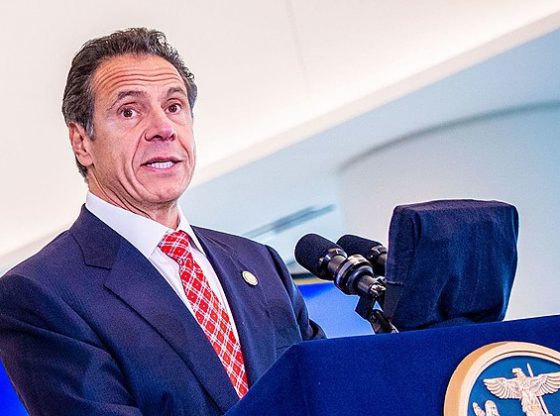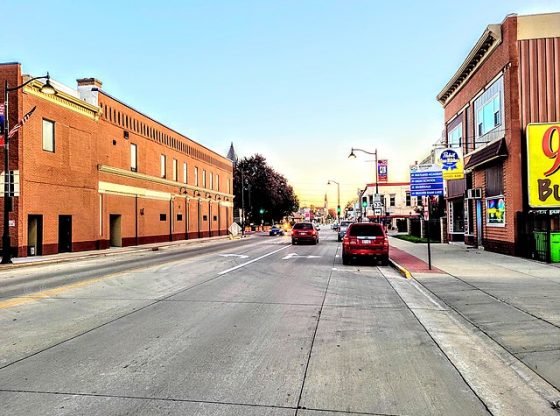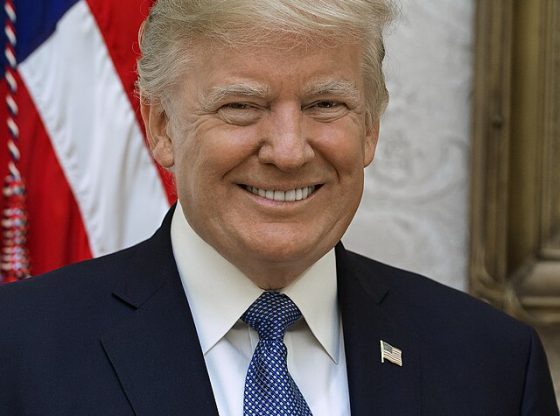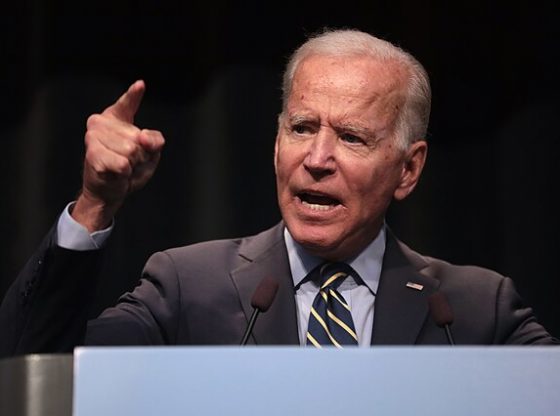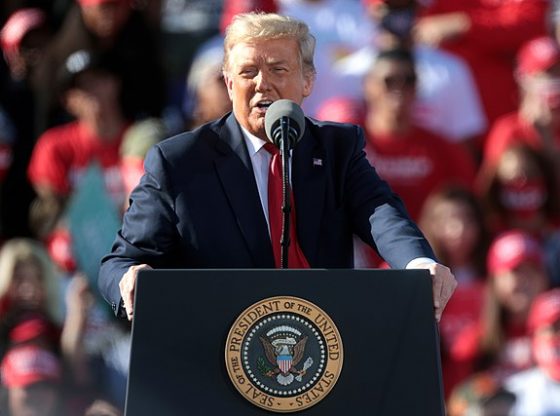The lockdowns instituted during the COVID pandemic were only supposed to last a few days. Remember “14 days to flatten the curve” was all that was needed to keep hospitals from being overwhelmed by patients infected with the rapidly spreading novel coronavirus.
Two weeks turned into three, then months. Schools were closed. Businesses were shut down. Commercial activity in the world’s most powerful nation ground almost to a halt, but the virus kept killing, mutating and spreading.
States like California and Kentucky enforced the lockdowns with ruthless efficiency. The free exercise of worship and assembly was crushed on the altar of public health and safety.
Was it worth it? The Committee to Unleash Prosperity’s report, “COVID Lessons Learned: A Retrospective After Four Years,” says no. Its authors, who include the Hoover Institution’s Dr. Scott Atlas (who served as an adviser to the White House Coronavirus Task Force), Johns Hopkins University economist Steve Hanke and the University of Chicago’s Casey Mulligan conclude, by using publicly available data and peer-reviewed studies, that the lockdowns cost more lives than they saved.
Atlas, Hanke, Mulligan and Phil Kerpen, president of the Committee to Unleash Prosperity (CTUP) and the fourth and final co-author, conclude: “The ordered shutdown of our schools, churches, and businesses brought little health benefits while imposing multi-trillions of dollars of long-term societal costs.”
“We did not focus on theories or models. We looked at cold, hard facts,” Kerpen says. “The evidence is overwhelming. Lockdowns, school closures, and societal panic/disruption resulted in a staggering number of excess non-COVID deaths in the United States versus zero in non-lockdown Sweden.”
Kerpen estimates that the policies implemented during the lockdowns saved approximately 16,000 lives while causing about 400,000 extra deaths and imposing staggering economic costs, including the loss of 49 million jobs.
Other adverse consequences stemming from the lockdowns cited in the report include a $6 trillion increase in government debt, hundreds of thousands of business bankruptcies and hundreds of thousands of excess deaths from loneliness, depression, alcoholism, drug abuse and delayed hospital care in part due to the forced social isolation.
In the U.S., catastrophes like COVID are usually followed by the appointment of bi-partisan, blue-ribbon commissions to study everything and issue recommendations we’re told will prevent something similar from happening again.
That hasn’t been done this time, which reinforces the suspicion in some minds that COVID-era policymakers who are still in a position to influence the conversation are hiding something. Having made a hash of things, they just as soon allow it all to slide down the memory hole.
Even in China, where popular opinion doesn’t matter, the investigation into the origins of the virus hit a stonewall thanks to what news reports have called “bureaucratic infighting.”
Too many people think the lockdowns worked. They’re ignoring the data. The CTUP report shows them to be wrong. It’s a call for a further probe that searches for the truth, no matter how uncomfortable it might be. Without it, how can we be sure the public’s health and safety will be protected the next time, not to mention our civil liberties?
The CTUP report offers a few “lessons learned” that should inform policymakers’ decision-making in the next crisis. One is that “Leaders should calm public fears, not stoke them.”
“Conventional wisdom pre-COVID was that communities respond best to pandemics when the normal social functioning of the community is least disrupted,” the authors conclude. During the pandemic, responsible officials in the public eye “intentionally stoked and amplified fear, which overlaid enormous economic, social, educational, and health harms on top of the harms of the virus itself.”
As hard as it is to argue against that, it’s easy to suggest the crisis was used as a political club. What of it? Suppose public health officials, the media, and other policymakers deliberately ignored sound science and proven pandemic countermeasures to inflict political damage on a president they wished to see booted from office. Does that matter? The answer is yes, it does.
There’s more to be learned because there’s more to be studied. None of the nations that used lockdowns to prevent COVID from spreading can report that they worked as intended.
“The best-performing major country in the world was Sweden,” Kerpen says, “which did not employ mandatory lockdowns. Yet, to the extent that official and unofficial commissions in many countries have issued reports, they say the principal lesson to be learned from the pandemic is to lockdown harder and faster. The evidence doesn’t support that. It tells us that the lockdown policies must never be imposed again.”
If Kerpen is correct, and the evidence suggests he is, then policymakers are drawing the wrong conclusions. Lockdowns were a failure, not a success.
Other ways must be found to prevent a future outbreak from turning into a pandemic, hopefully, before the next crisis presents itself.







